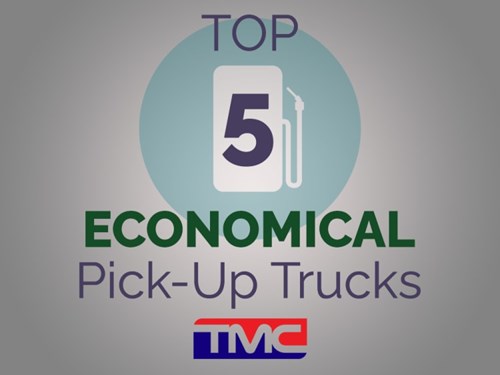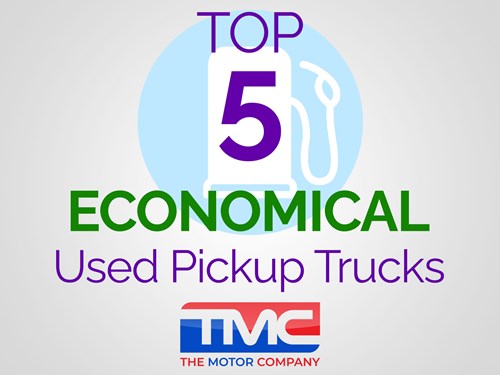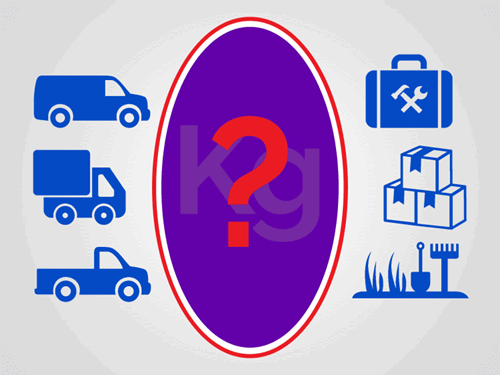- SHORTLIST
- BUY ONLINE
- TALK ON LIVECHAT
Six Signs That It Could Be Time To Change Your Vehicle
Buying a vehicle is usually an important financial decision, even when you opt for a second-hand model. So, it can be hard to work out when it is time to take the plunge. However, there are several warning signs that can help you decide what to do. For a start, when you find yourself visiting the mechanic more often for repairs to your vehicle, this is a pretty large red flag.
It’s often wise to make the decision to buy a new car before your old one makes it for you. So, here are some more warning signs to watch out for.
Safety Concerns
When you or your passengers no longer feel safe being transported in a car, van or pick-up truck, this is definitely a sign to find a different vehicle. Safety is paramount and when you start to lose confidence in your vehicle to protect you and your passengers on the roads, this is a big problem. Key indicators that a vehicle may be starting to become unsafe include a shaky steering wheel, unresponsive handling, poor electrics and an overheating engine. You may also find that updating your vehicle will bring other safety features too, such as enhanced airbags, reversing cameras and blind-spot monitoring technology.
Fuel Efficiency
Fuel can take up a large proportion of your vehicle’s running costs. So, when it starts to be less fuel efficient, this could be a good time to change to something else. You will start to notice the fuel efficiency going down more easily if you keep a close eye on how often you need to stop to fill up the vehicle with petrol or diesel, and how much you are spending on fuel. Many second-hand vehicles are electric or hybrid now too, so this could also be something to consider if you’re noticing a substantial hike in fossil fuel prices.
Higher Mileage
It stands to reason that the more miles a vehicle drives, the more wear and tear it will be subjected to. Even the best-kept, most meticulously serviced vehicle will eventually succumb to the passage of time and the effects of driving lots of miles. There is no fixed mileage figure that tells you definitively when to retire your old vehicle, but generally, higher numbers mean an increased likelihood of things starting to go wrong under the bonnet. If you make the change while the mileage is still fairly low, this can also work in your favour, as you may be able to get a better deal on trading in your old car or van.
Changes To Emissions Regulations
It can be hard to keep up with emissions regulations, which are there to reduce harmful petrol and diesel emissions and protect air quality. The rules change fairly frequently and there are geographical differences to contend with too that can mean paying extra to drive non-compliant vehicles in the area. Many UK cities are implementing clean air policies, including London, Birmingham, Bristol and Tyneside. So, if you find yourself with a car, truck or van that falls foul of the rules, this can add substantially to the running costs. Discovering your vehicle is no longer compliant with emissions regulations can be a good motivator to switch.
No Longer Fits Your Lifestyle
Sometimes, the desire to try something new out on the roads becomes very strong. This could be for all kinds of reasons. An expanding family may need a larger car, for example, or a successful business may wish to upgrade its vans and pick-up trucks. Conversely, older drivers may want to downsize to a more manageable vehicle, or a move to the countryside may see drivers yearning for something a little more rustic and robust. Perhaps you have paid off the car loan repayments on your old vehicle and fancy a change. Whatever the reason, if you are in a financial position to make the change, there really should be nothing stopping you!
Seeking Better Tech
Finally, as cars and vans evolve, so does the technology inside them. Not just the engines and safety aspects, but other desirable things, such as sat nav, sound system, security devices and internet connectivity. When you drive long distances or are in your vehicle a lot, these things can really add to the overall experience, helping you relax while you drive and enjoy a better quality of life on the open road.




